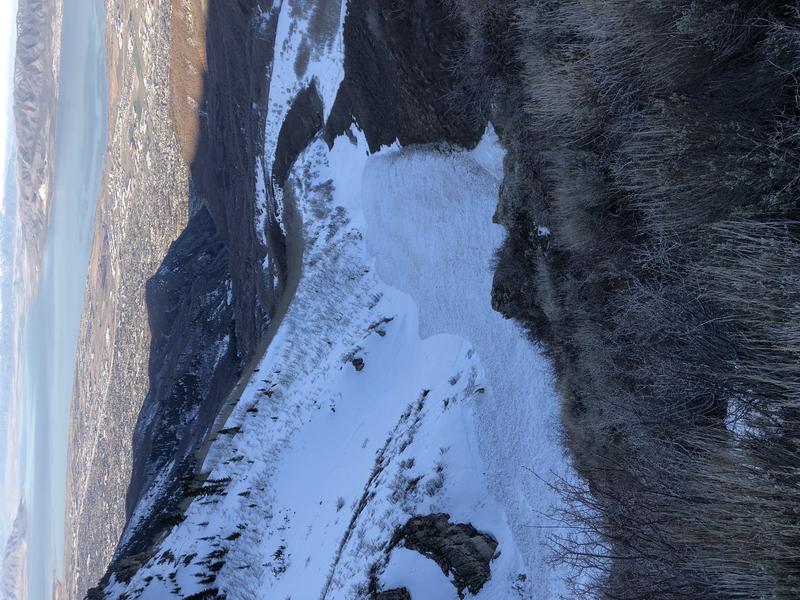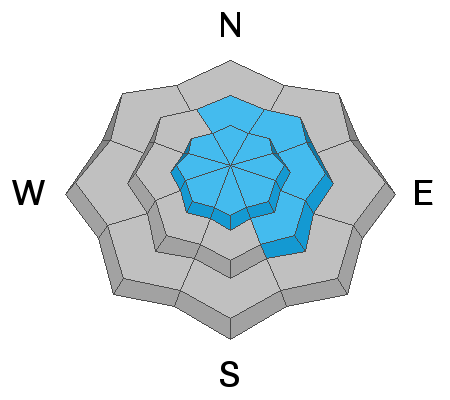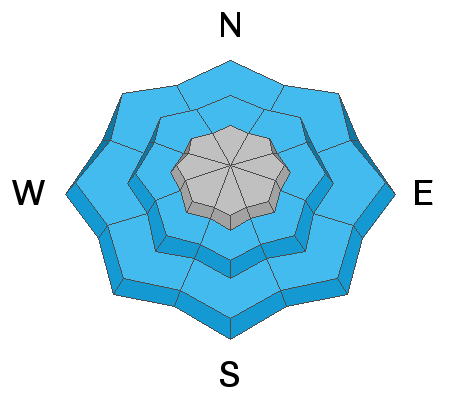Forecast for the Provo Area Mountains

Issued by Nikki Champion on
Tuesday morning, April 6, 2021
Tuesday morning, April 6, 2021
This morning the overall avalanche danger is MODERATE. The strong westerly winds in combination with new snow will create unstable slabs of wind-drifted snow. Look for any signs of wind drifted snow, and avoid these slopes. In areas not impacted by the wind, the new snow may produce long-running sluffs.
Additionally, if the snow surface warms today, avalanches involving wet snow are possible. Have a flexible plan that allows you to quickly respond to changing conditions.
Additionally, if the snow surface warms today, avalanches involving wet snow are possible. Have a flexible plan that allows you to quickly respond to changing conditions.

Low
Moderate
Considerable
High
Extreme
Learn how to read the forecast here










